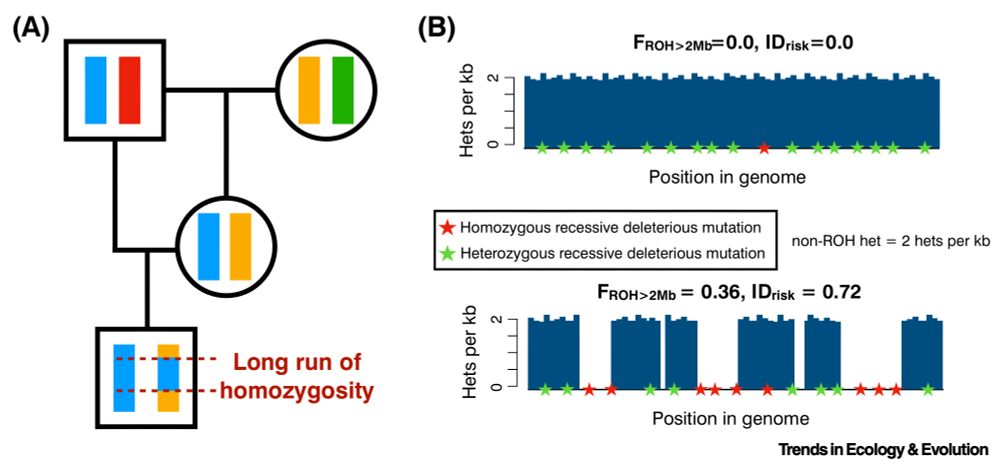
4/n

4/n







Paper: doi.org/10.1016/j.cu...
Press release: sandiegozoowildlifealliance.org/PR/hawaiian-...
@currentbiology.bsky.social

Paper: doi.org/10.1016/j.cu...
Press release: sandiegozoowildlifealliance.org/PR/hawaiian-...
@currentbiology.bsky.social










